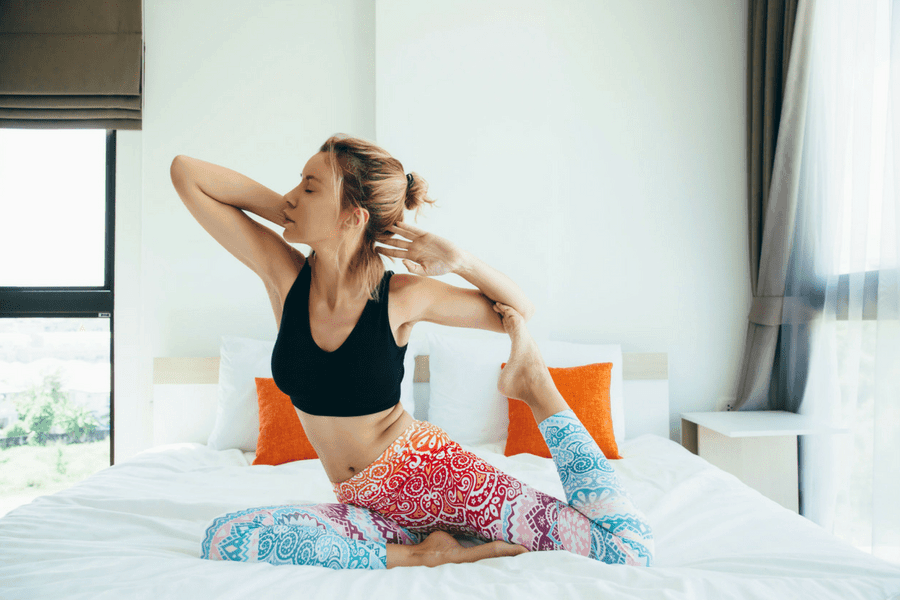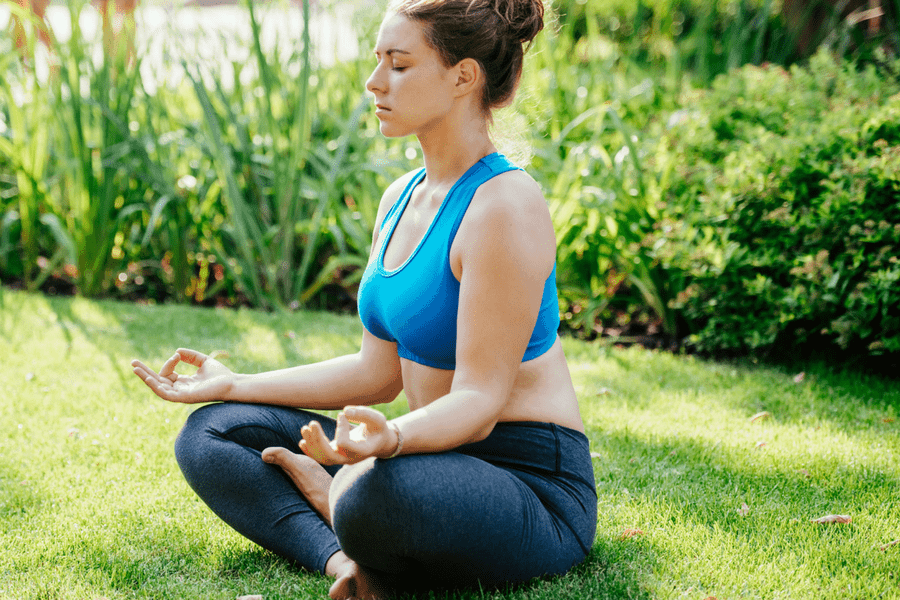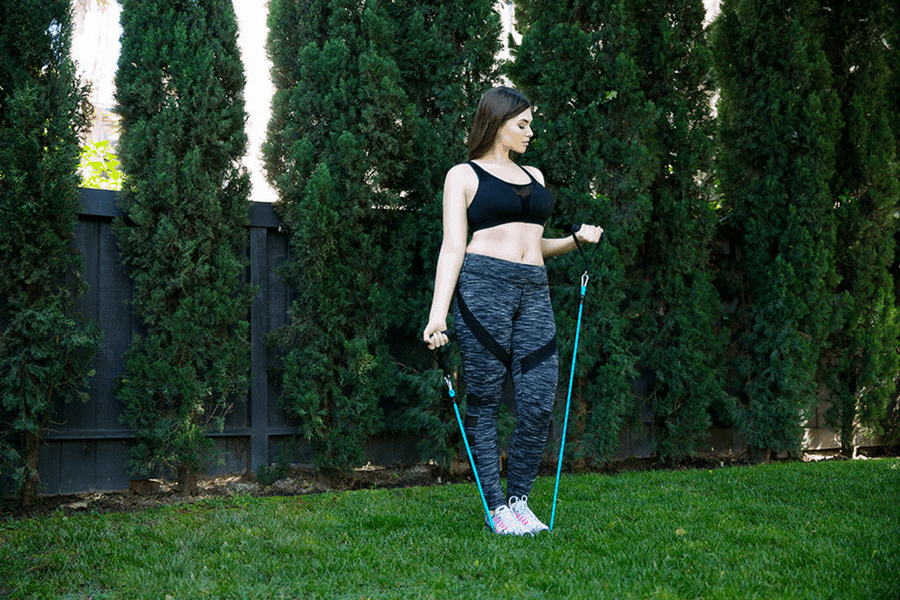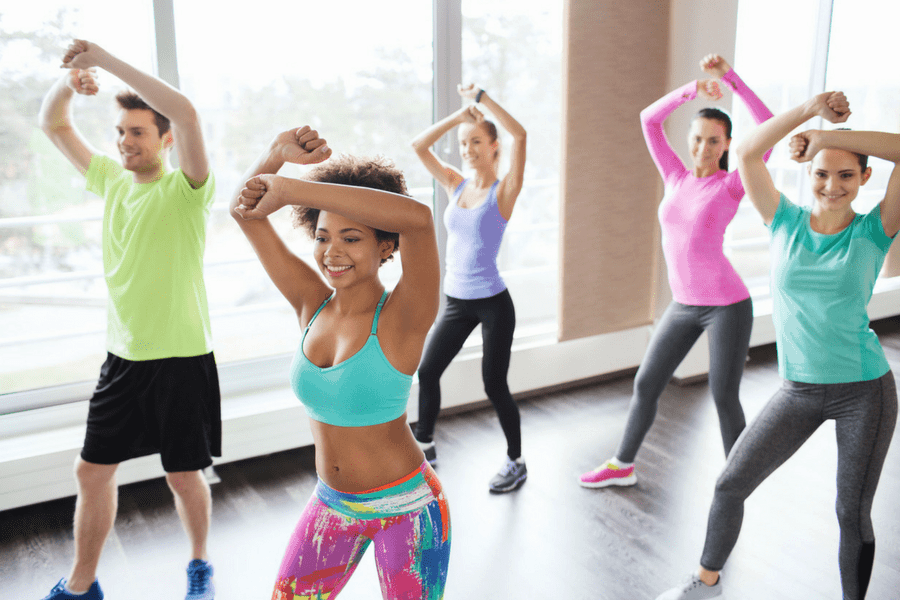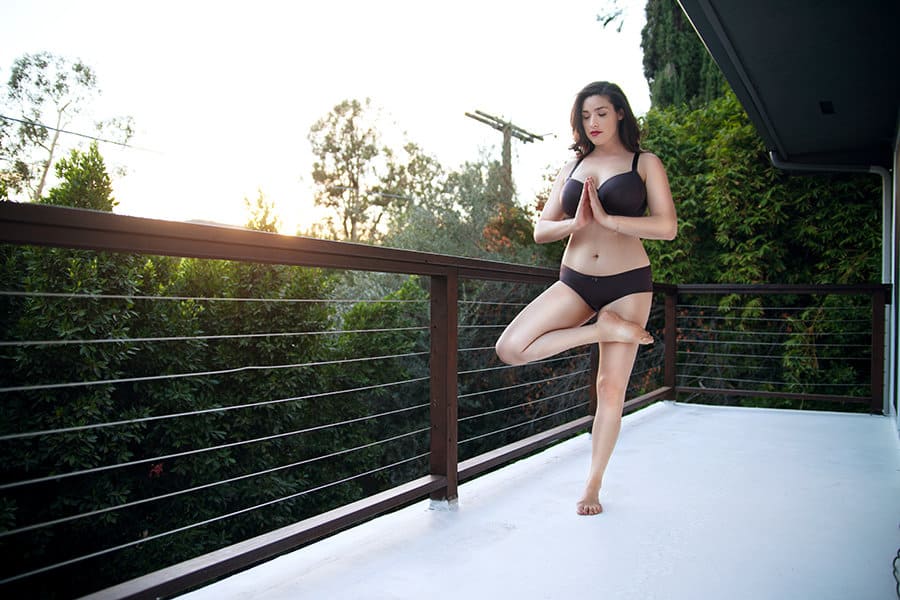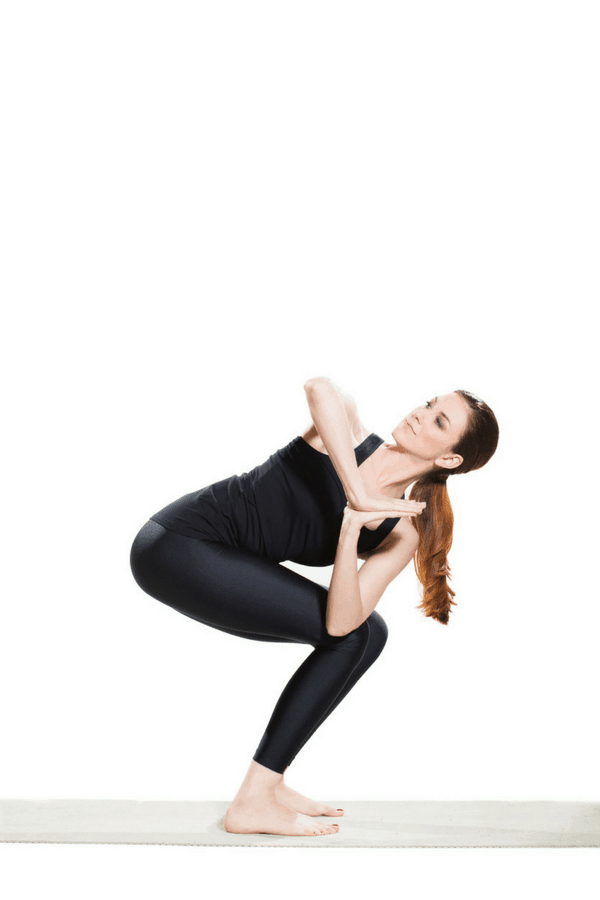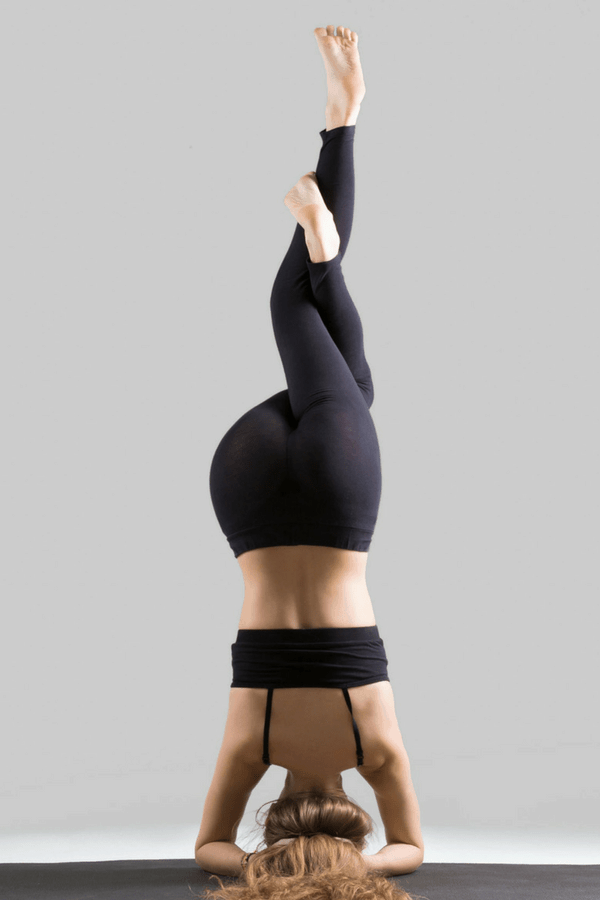I am a Pinterest addict. There, I’ve said it. Can anyone say, with a straight face, that they’ve stared into the abyss of the Pinterest “Food” board and not emerged, hours later, having pinned many delicious probably not-so-good-for-you-recipes? (I’m looking at you, crockpot hot fudge brownies). I’m here to redeem you, foodie Pinterest fans. Although there are so, so many unhealthy options, there’s also an abundance of healthy food recipes on Pinterest too. And since I’ve spent so much time on there myself, I’ve done the work for you. Read on for healthy ways to satisfy your sugar cravings!
You want frozen yogurt.

Credit: Just A Taste
You’re craving ice cream, or the “healthy” frozen alternative, and need your fix. Check out this five-minute, four ingredient homemade Strawberry Frozen Yogurt recipe, and learn why you never need to go to the store again for the alternative, sugar-packed options. Real fruit, real sweet, real quick. Just throw all four ingredients in a blender, and enjoy.
You want a sweet (and savory) snack.

Credit: Creative Home Making
This recipe will hit all the right notes, as you can combine this sweet salsa with salty chips and satisfy all of your tastebuds at once. Don’t reach for the questionable sweet salsa in the food isle (or the jar of queso), instead, try this peach mango salsa with your next batch of tortilla chips and see if it doesn’t make you want to throw out all of your other jars of salsa.
You want a healthy breakfast.

Credit: Min Kwon, MS, RD / Food Network
Do not reach for the instant oatmeal packet. Yes, oatmeal is a great way to start your day, but anything that has “just add water” on the box should be viewed with suspicion. Hopefully you’ve heard of overnight/refrigerator oats by now, and have seen the variety of ways you can make these appeal to your personal tastes. They are quick, easy, portable, and come in a variety of flavors. Here’s four flavor combinations to get your started.
You want a popsicle.

Credit: Joy / Tasty Kitchen
Put down the store-bought brand, and reach for the homemade stuff instead. These Honey Yogurt Berry Pops are all natural – actually exactly what the name implies: fruit, honey, and yogurt – so you can stress less about the calories, and snack on this summer favorite with a guilt-free conscience. Just put them in a mold and freeze for a delicious summer snack!
You want pancakes.

Credit: Womanista
Don’t despair! These aren’t off the table, they’ve just received a slight makeover. Check out the recipe for Sinless Protein Pancakes, and pump up your fitness and recovery while indulging in some fluffy pancake goodness. These recipes vary, as some are made from quinoa (who knew?) and others look similar to your regular pancake recipe, with a few protein packed additions. However you make them, you’ll be getting your sweet fix, with an extra dose of protein on the side!
You want popcorn.
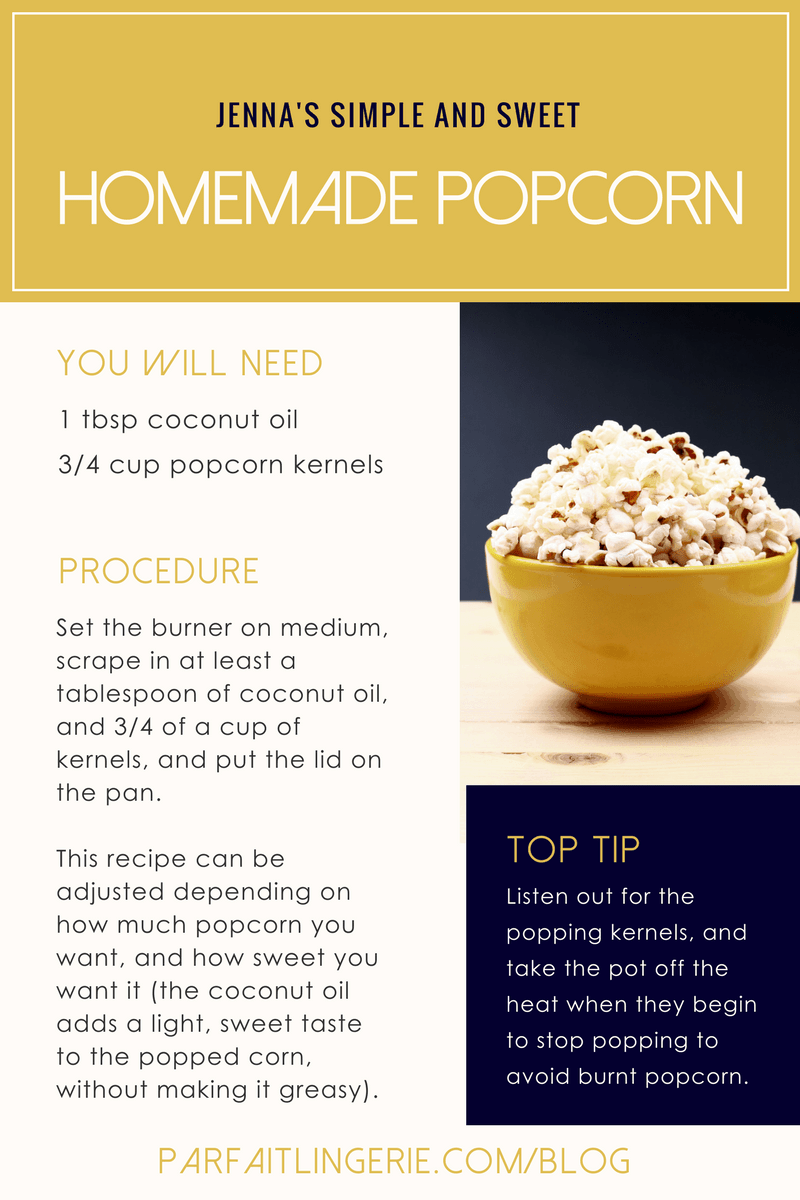
This recipe is actually straight out of my kitchen. I was sick of the big bags of caramel corn promising delicious sugary snacks but being way beyond the serving size of a regular meal (or a movie/tv show, which is when I’m usually chowing down on popcorn). So instead of buying the big bags, I started making my own sweet popcorn straight out of the pan. And all you need is coconut oil, and popcorn kernels. Coconut oil warms up (and ignites) at a low temperature, so set the burner on medium, scrape in at least a tablespoon of coconut oil, and 3/4 of a cup of kernels, and put the lid on the pan. This recipe can be adjusted depending on how much popcorn you want, and how sweet you want it (the coconut oil adds a light, sweet taste to the popped corn, without making it greasy). Just make sure you listen out for the popping kernels, and take the pot off the heat when they begin to stop popping (burnt popcorn is the worst).
You want dessert.

Credit: POPSUGAR Photography / Jenny Sugar
You’re allowed to want something sweet to follow your meal, but sometimes reaching for the cake is not an option. Especially if you’re at a summer BBQ, and want to bring something for the host. Don’t reach for the pre-packaged stuff! Instead, you can make these super easy Strawberry Banana Cremes. Low-calorie and low-fuss, these will satiate your sweet-tooth and also look fancy enough that you’ll feel good serving them at any party – shelve the cake and reach for the strawberry banana cremes instead!
Don’t be afraid to fall into the chaos and fun that is Pinterest recipe boards – you never know what hidden gems you might find!



